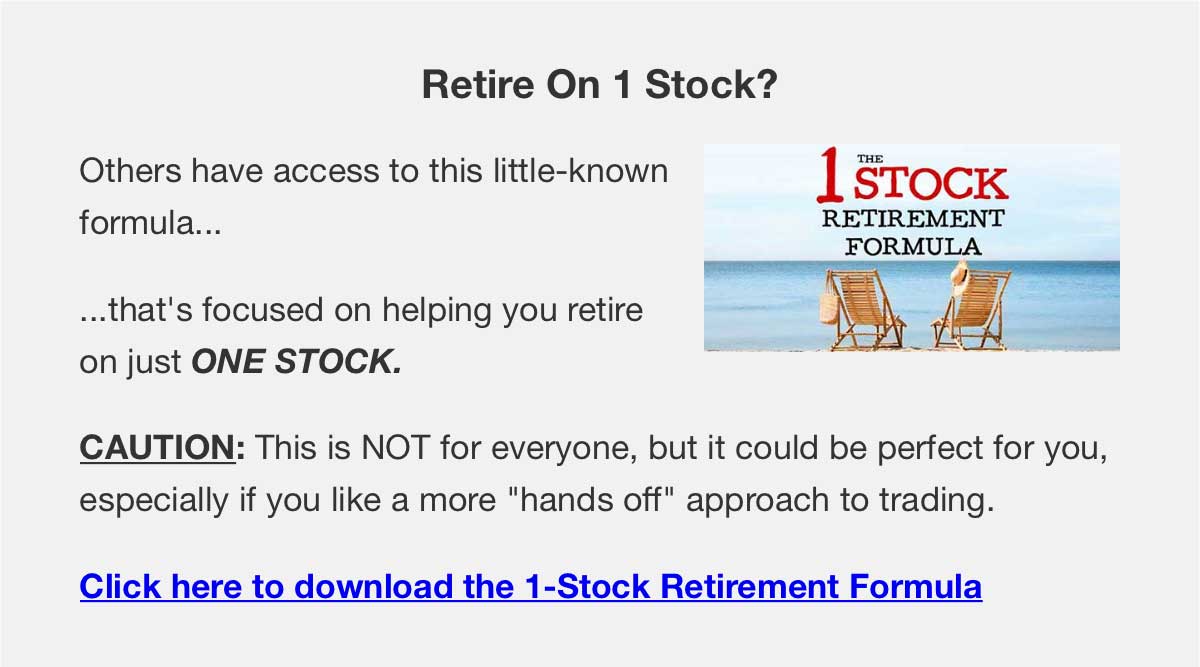A “bear trap” that could cause investors to suffer significant losses appears to be present in the significant stock market rally this summer, Glenmede strategists said in a report released on Monday.
Investors already seem to be evaluating several aspects of this summer’s strong bounce, such as the possibility that the Federal Reserve won’t raise interest rates as quickly as previously anticipated.
After rising over 17% from its mid-June low, the S&P 500 index SPX, -2.08% has been hitting resistance, and recent attention has focused on whether recent gains in stocks could disappear rapidly, indicating a bear-market bounce.
When looking at periods after the S&P 500 originally fell at least 20% from its preceding peak, Glenmede’s investment strategy team discovered four instances of multiple bear-market rebounds (see chart) in American equities during roughly the past 50 years.
Four of the last six bear markets had a string of brief rallies with an average of 6.5 upswings each. On June 13, the S&P 500 announced that it had entered a bear market.
The Glenmede team stated in a client statement on Monday that the 17% comeback off the June 16th bottom “looks consistent with past bear market rallies, on average returning over 17.8% before reversing course and hitting fresh market lows.”
Although a recession has not yet been officially declared, the future course will be greatly influenced by how inflation and interest rates perform.
Stocks fell to start the week; according to Dow Jones Market Data, the S&P 500 closed Friday 15.3% below its 12-month closing low of 3,666.77 established on June 16 and was down roughly 1.7% at last check.
On Monday, the Dow Jones Industrial Average DJIA, -1.88% fell more than 600 points and lost 1.9% of its value, while the 10-year Treasury yield TMUBMUSD10Y, 3.033% returned to levels above 3%. Higher benchmark borrowing rates can hinder economic growth by making borrowing more expensive for American businesses and individuals.
In his speech this week in Jackson Hole, Federal Reserve Chairman Jerome Powell is anticipated to emphasize the need of maintaining a 2% inflation objective, even if doing so means triggering a recession. Inflation dropped from a 41-year high of 9.1% in June to 8.5% in the twelve months that ended in July.
However, Federal authorities issued a warning in July that the U.S. central bank might adopt a “restrictive” posture of policy, which would be sufficient to halt economic expansion while efforts are made to bring inflation down from its highest levels in decades.
On the plus side, however, the Glenmede team noted that there has been optimism that consumer prices may have finally crested this summer and that business earnings and consumer spending have remained largely robust.
However, despite rising earnings over the following three years, “markets continue to price in a rather bright profit forecast.”








